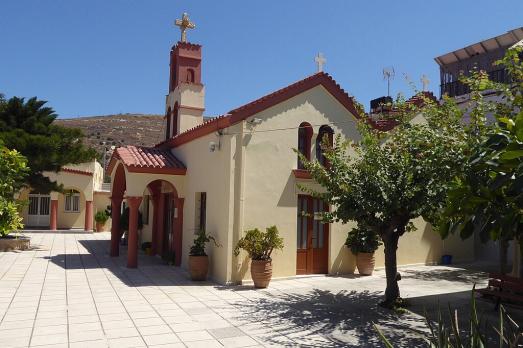
Saint Sophia Church, Knosos
Knosos, GR
.
Here you can search for a building to visit. You can use the map find destinations, or you can use the filters to search for a building based upon what different criteria.

Knosos, GR
.
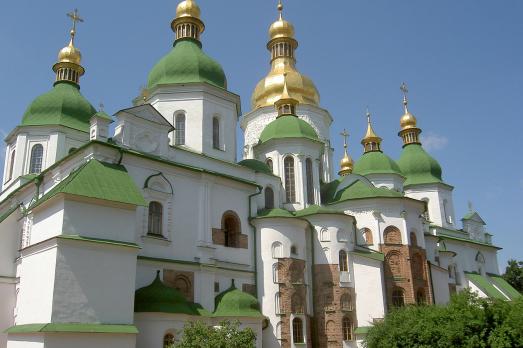
, UA
St Sophia's Cathedral, named after St Sophia's Cathedral in Constantinople, was built in 1037 by the Kievan Prince Yaroslav the Wise (978-1054) as a burial place for Kievan rulers. The cathedral was first sacked in 1169 by Andrey Bogolyubsky of the Vladimir-Suzdal principality, and in 1240 by the Mongols, who made it fall into disuse. After the Union of Brest (1595-1596), St. Sophia Cathedral was annexed to the Ukrainian Greek Catholic Church until it was recovered by the Ukrainian Orthodox Metropolitan Peter Mogila in 1633. Mogila commissioned repairs and the upper part of the building was almost completely rebuilt, in the Ukrainian Baroque style, retaining the Byzantine interior. At the end of the reconstruction, in 1740, the cathedral took on its present appearance. The building has been a UNESCO World Heritage Site since 1990.

Chișinău, MD
Saint Theodora of Sihla's Church is Neo Byzantine church built in 1895 for the Bessarabian “Regina Maria” High School for Girls.
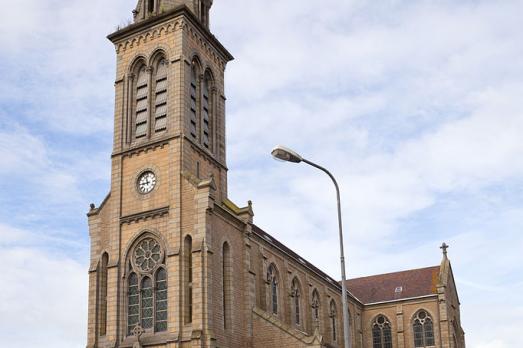
Saint-Helier, JE
St Thomas' is the largest church on the Island of Jersey. The church was built between 1883 and 1887 and the architect of the church was Alfred Frangeul. The first permanent church for Catholics in Jersey was a Protestant chapel converted in 1842 and dedicated to St Thomas. The church was served by various French and Belgian diocesan priests until 1880 when the Bishop entrusted the mission to the Oblates of Mary Immaculate. The church remained in the possession of the Oblates until 1999.
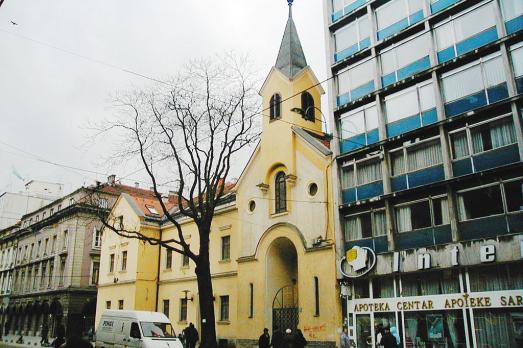
Sarajevo, BA
The Church of St. Vincent de Paul in Sarajevo was built in November 1883 in the neo-gothic style. Attached to the church is a monastery built at the same time for a women's congregation. During the siege of Sarajevo by the Serbs, the church was damaged by grenades. The roof was damaged, as well as Gabriel's painting Jurkić.

Sant Vicent de sa Cala, ES
A 19th century church, it has a single nave with a barrel vault and six chapels. The porch is located to the left of the façade and gives access to a parish room.
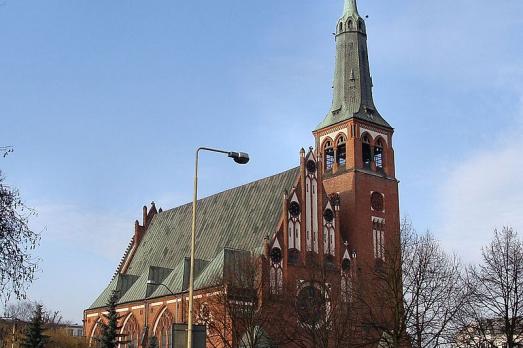
Szczecin, PL
Saint-Adalbert Church is a neo-Gothic church built between 1906 and 1909. Used by Protestant as "Bugenhagenkirche" before the war, the church became Catholic after its reconstruction in 1948, following destruction due to air raids.
Saint-Amant-de-Boixe, FR
Nestled between the river Charente and the Boixe forest, the abbey has watched over the north of Angoumois for over a thousand years. Mentioned as early as 888, it was rebuilt in the 11th and 12th centuries thanks to the generosity of the Counts of Angoulême.

Juaye-Mondaye, FR
The church Saint Aubin Bernières was built in the mid-twelfth to early thirteenth century. The single nave, separated from the vaulted choir by a triumphal arch, has preserved its ancient openings and Romanesque entrance. In the 14th or 15th century, a square bell tower was added as well as a sacristy. The church St Aubin was abandoned in 1805 for the benefit of the abbey church of Mondaye.
Issoire, FR
This church dedicated to Saint Austremoine, the first bishop of Auvergne who evangelized the region, was part of the monastery of Saint-Austremoine and was built by Father Gilbert, then consecrated in 938 by Bernard, forty-fifth bishop of Auvergne. The present church dates from the end of the 11th and beginning of the 12th century, probably around 1130.

new
Nestled amidst the serene landscapes of the Harz region, lies a hidden gem for nature enthusiasts and history buffs alike - the Harz Monastery Hiking Trail. Lace up your hiking boots and embark on this captivating adventure that will transport you back in time.

The Holy Mile (Miglio Sacro) of Naples is a one-mile-long itinerary, through sacred places linked to the city's patron saint, San Gennaro, in the Rione Sanità district. Discover the city from a new perspective with this unique walking tour.

As a university city, cultural offerings abound in Tartu and will reach their peak after being designated one of three European Capitals of Culture for 2024. In this list, we've compiled the most interesting sacred places to visit in and around the old town.